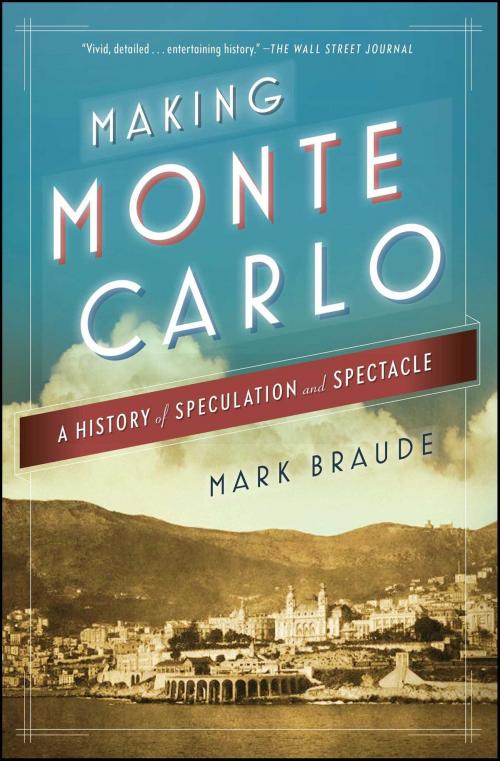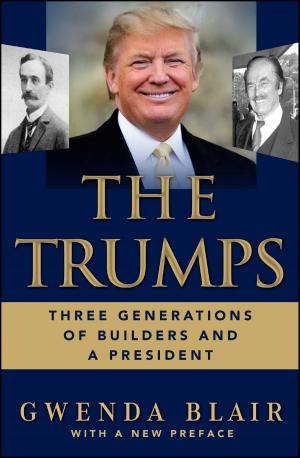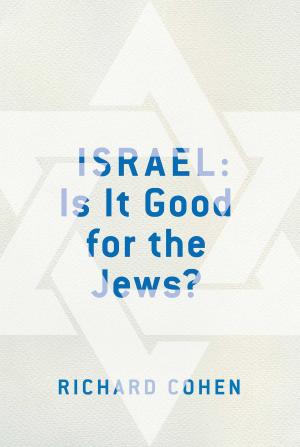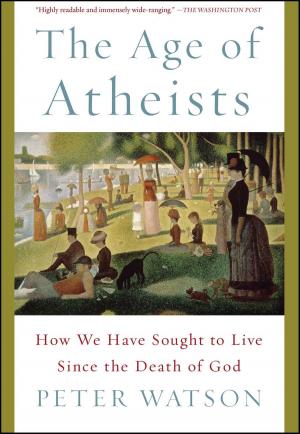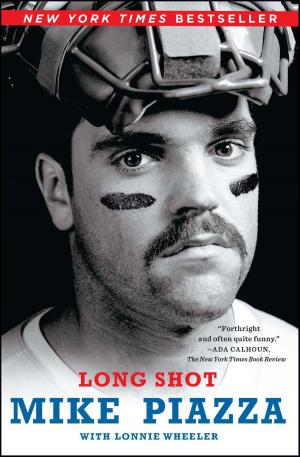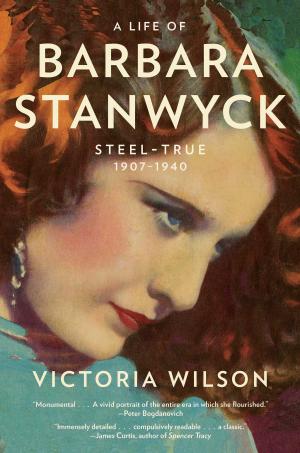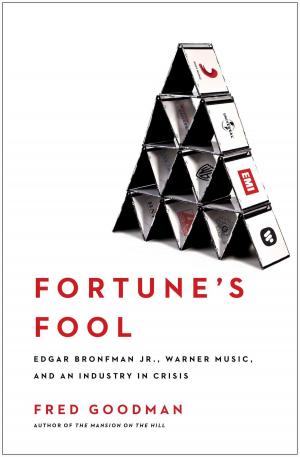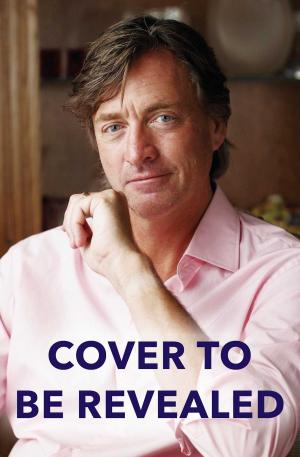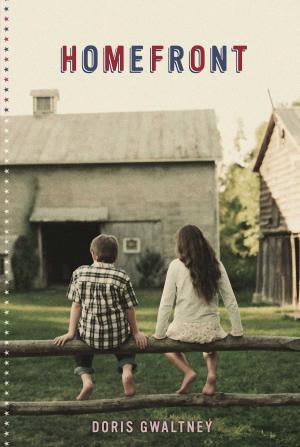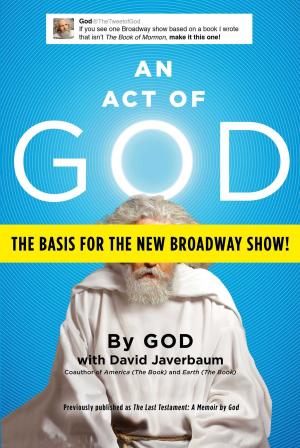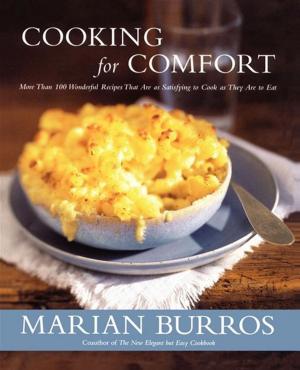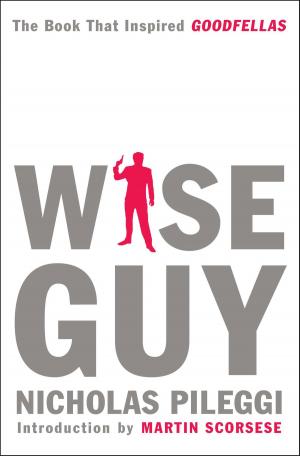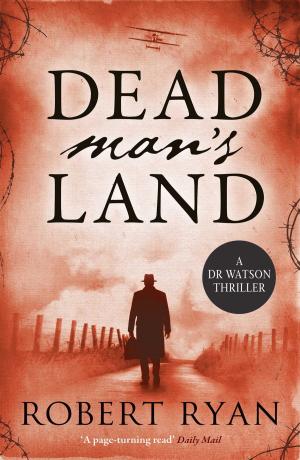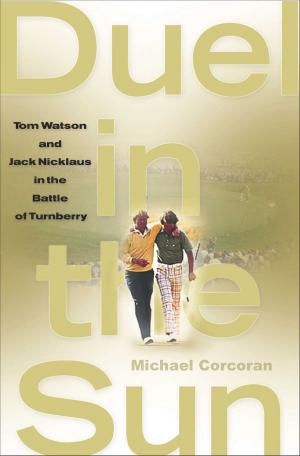Making Monte Carlo
A History of Speculation and Spectacle
Nonfiction, History, Western Europe, Business & Finance, Industries & Professions, Industries, Modern, 20th Century| Author: | Mark Braude | ISBN: | 9781476709710 |
| Publisher: | Simon & Schuster | Publication: | April 12, 2016 |
| Imprint: | Simon & Schuster | Language: | English |
| Author: | Mark Braude |
| ISBN: | 9781476709710 |
| Publisher: | Simon & Schuster |
| Publication: | April 12, 2016 |
| Imprint: | Simon & Schuster |
| Language: | English |
“A brisk historical tour of the marketing and selling of the small principality of Monaco and its famous city…A well-researched, dramatic rags-to-riches urban tale” (Kirkus Reviews) of Monte Carlo’s rise from small principality to prosperous resort town of the 1920s.
Monte Carlo has long been known as a dazzling playground for the rich and famous. The “vivid, entertaining” (The Wall Street Journal) Making Monte Carlo traces a narrative history of the world’s first modern casino-resort, from the legalization of gambling in Monaco in 1855—passed as a desperate bid to stave off bankruptcy—through the resort’s improbable emergence as a glamorous gambling destination of to its decline in the wake of WWI and its subsequent reinvention in the 1920s until the inaugural Monaco Grand Prix in 1929, on the eve of the Wall Street crash that would largely spell the end of the freewheeling era.
Along the way, we encounter a colorful cast of characters, including Francois Blanc (a professional gambler and cheat and eventual founder of Monte Carlo); Basil Zaharoff (notorious munitions dealer and probable secret owner of the casino for some years in the 1920s); Elsa Maxwell (hired as the casino’s publicist in the late 1920s); Réné Léon (a visionary Jewish businessman with murky origins); Serge Diaghilev, Jean Cocteau, Coco Chanel, Pablo Picasso, and other satellite members of the Ballet Russes dance company; as well as Gerald and Sara Murphy and other American expats, such as Ernest Hemingway and F. Scott Fitzgerald.
“An engrossing examination of how politics, personality, and publicity coalesced to transform a sleepy village into a luxurious playground populated with casinos and beautiful people” (Publishers Weekly), Making Monte Carlo is a classic rags-to-riches tale set in the most scenic of European settings.
“A brisk historical tour of the marketing and selling of the small principality of Monaco and its famous city…A well-researched, dramatic rags-to-riches urban tale” (Kirkus Reviews) of Monte Carlo’s rise from small principality to prosperous resort town of the 1920s.
Monte Carlo has long been known as a dazzling playground for the rich and famous. The “vivid, entertaining” (The Wall Street Journal) Making Monte Carlo traces a narrative history of the world’s first modern casino-resort, from the legalization of gambling in Monaco in 1855—passed as a desperate bid to stave off bankruptcy—through the resort’s improbable emergence as a glamorous gambling destination of to its decline in the wake of WWI and its subsequent reinvention in the 1920s until the inaugural Monaco Grand Prix in 1929, on the eve of the Wall Street crash that would largely spell the end of the freewheeling era.
Along the way, we encounter a colorful cast of characters, including Francois Blanc (a professional gambler and cheat and eventual founder of Monte Carlo); Basil Zaharoff (notorious munitions dealer and probable secret owner of the casino for some years in the 1920s); Elsa Maxwell (hired as the casino’s publicist in the late 1920s); Réné Léon (a visionary Jewish businessman with murky origins); Serge Diaghilev, Jean Cocteau, Coco Chanel, Pablo Picasso, and other satellite members of the Ballet Russes dance company; as well as Gerald and Sara Murphy and other American expats, such as Ernest Hemingway and F. Scott Fitzgerald.
“An engrossing examination of how politics, personality, and publicity coalesced to transform a sleepy village into a luxurious playground populated with casinos and beautiful people” (Publishers Weekly), Making Monte Carlo is a classic rags-to-riches tale set in the most scenic of European settings.
